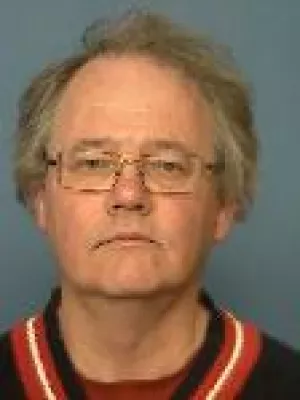
Göran Skog
Universitetslektor

No radiation protection reasons for restrictions on C-14 urea breath tests in children.
Författare
Summary, in English
Traditional 14C urea breath tests are normally not used for younger children because the radiation exposure is unknown. High sensitivity accelerator mass spectrometry and an ultra-low amount (440 Bq) of 14C urea were therefore used both to diagnose Helicobacter pylori (HP) infection in seven children, aged 3–6 years, and to make radiation dose estimates. The activity used was 125 times lower than the amount normally used for older children and 250 times lower than that used for adults. Results were compared with previously reported biokinetic and dosimetric data for adults and older children aged 7–14 years. 14C activity concentrations in urine and exhaled air per unit administered activity for younger children (3–6 years) correspond well with those for older children (7–14 years). For a child aged 3–6 years who is HP negative, the urinary bladder wall receives the highest absorbed dose, 0.3 mGy MBq-1. The effective dose is 0.1 mSv MBq-1 for the 3-year-old child and 0.07 mSv MBq-1 for the 6-year-old child. For two children, the 10 min and 20 min post-14C administration samples of exhaled air showed a significantly higher amount of 14C activity than for the rest of the children, that is 6% and 19% of administered activity exhaled per hour compared with 0.3–0.9% (mean 0.5%) of administered activity exhaled per hour indicating that these two children that is were HP positive. For a 3-year-old HP positive child, absorbed dose to the urinary bladder wall was 0.3 mGy MBq-1 and effective dose per unit of administered activity was 0.4 mSv MBq-1. Using 55 kBq, which is a normal amount for older children when liquid scintillation counters are used for measurement, the effective dose will be approximately 6 µSv to a 3-year-old HP negative child and 20 µSv to a HP positive child. Thus there is no reason for restrictions on performing a normal 14C urea breath test, even on young children.
Avdelning/ar
- Medicinsk strålningsfysik, Malmö
- Kärnfysik
- Kvartärgeologi
Publiceringsår
2002
Språk
Engelska
Sidor
982-986
Publikation/Tidskrift/Serie
British Journal of Radiology
Volym
75
Issue
900
Länkar
Dokumenttyp
Artikel i tidskrift
Förlag
British Institute of Radiology
Ämne
- Radiology, Nuclear Medicine and Medical Imaging
Status
Published
Forskningsgrupp
- Medical Radiation Physics, Malmö
- AMS, Nuclear Physics
ISBN/ISSN/Övrigt
- ISSN: 1748-880X

